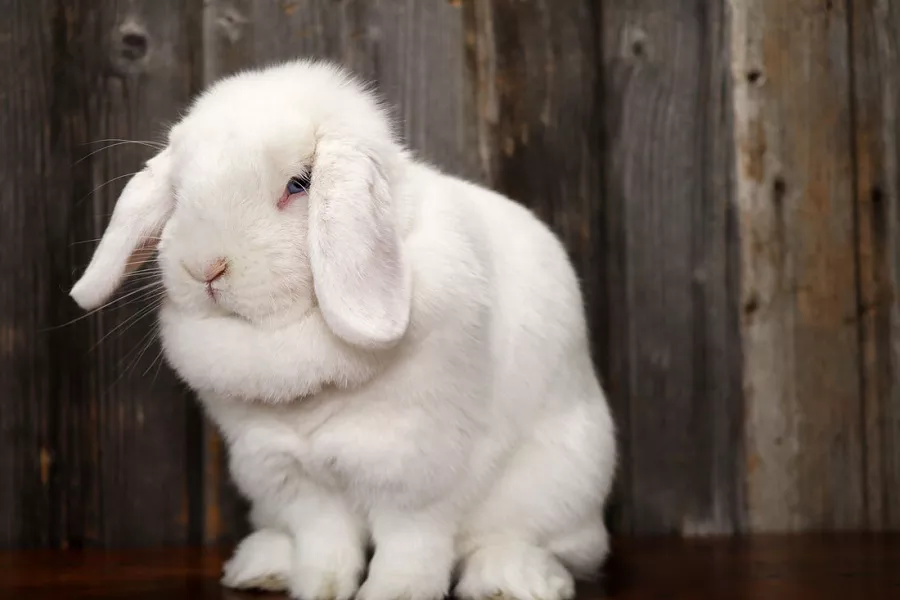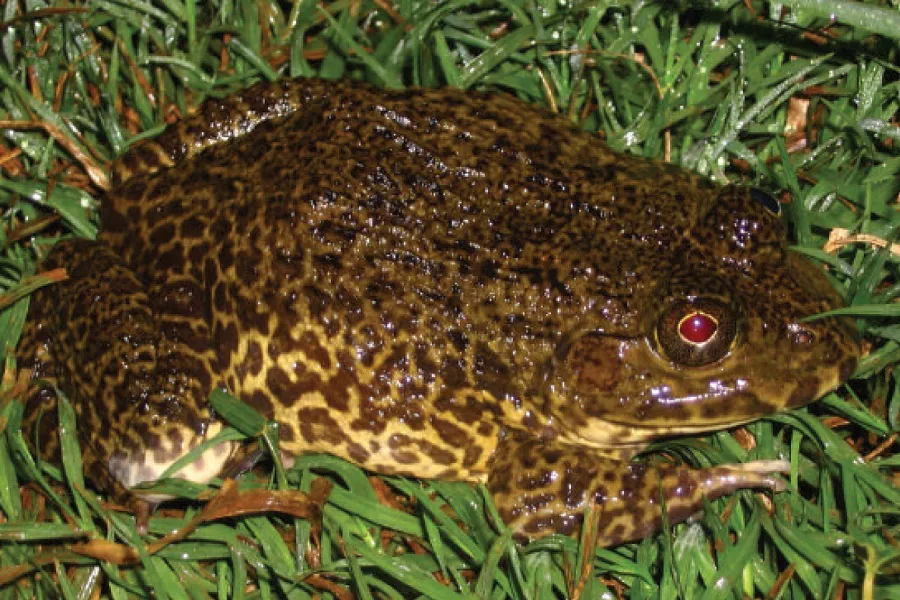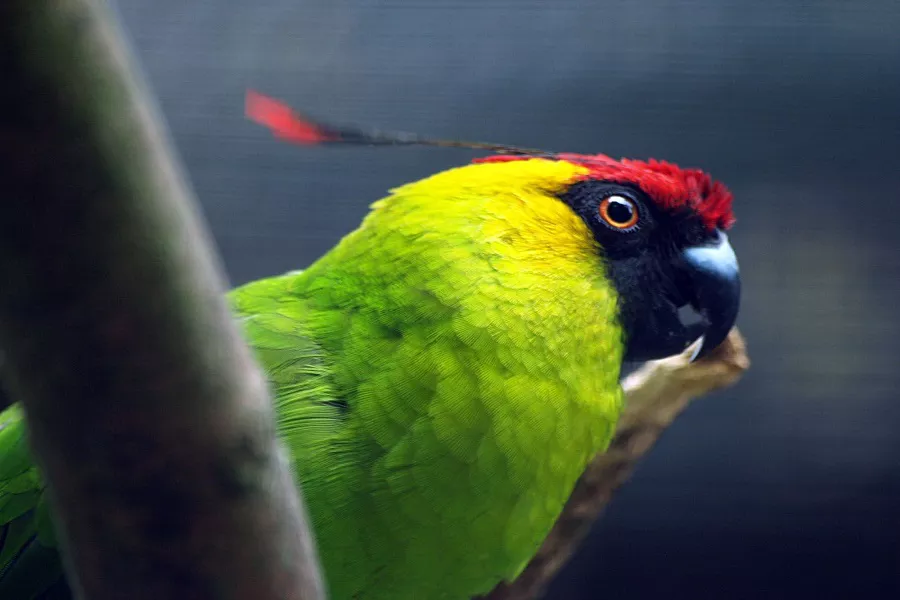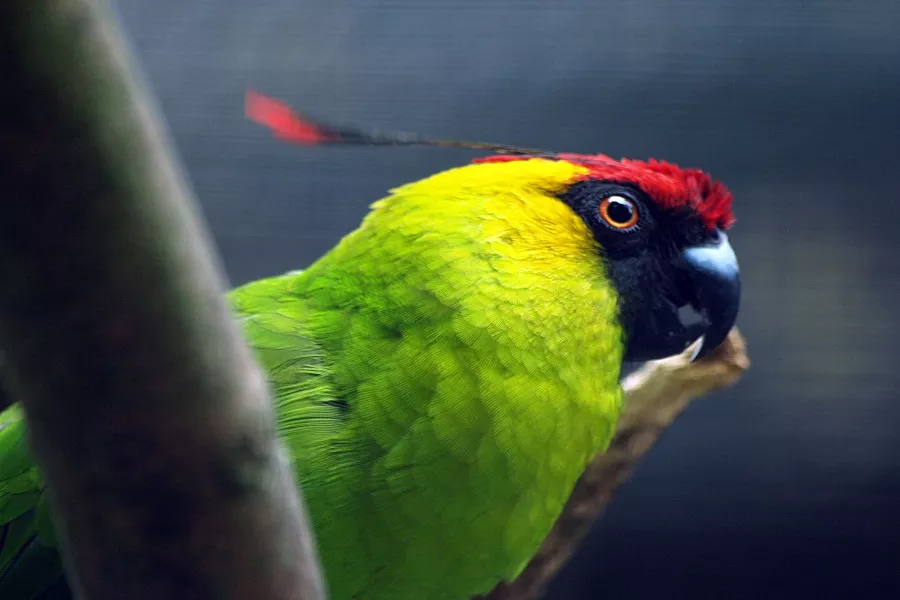What is holland lop?
The natural temperament is gentle, and the coat color includes solid color, agouti color, variegated color, copper iron color, orange wide stripe and so on. The Dutch lop rabbit weighs about 2 to 2.5 kg, and the most appropriate weight is about 1.4 kg. Love dry, timid, like quiet, cold and heat, nocturnal, like burrowing, same-sex combative.
Lop-eared rabbits can be divided into standard and non-standard types according to their appearance characteristics. It is reported that the Dutch lop rabbit was developed by Mr. Adrian De Cock of the Netherlands. In 1949, the Dutch lop-eared rabbit bred with the French lop-eared rabbit with the offspring of the miniature rabbit (dwarf rabbit) and the English lop-eared rabbit, and tried to produce a reduced version of the French lop-eared rabbit. The French lop rabbit and the English lop rabbit are much later. The so-called mini-rabbit was developed in the 1970s.
What does holland lop look like?
Most non-standard (Chinese) Dutch lops have a head to body ratio of 1:2 or 1:3. Most non-standard (Chinese) Dutch lops have an irregular head-to-nose (forehead) curve. More than half of the non-standard (Chinese) Dutch lop rabbits have slightly protruding foreheads, generally forming a 60° slope.
Viewed from the side, the nose and mouth protrude out of the face.
From the front, the generally non-standard (Chinese) Dutch lop rabbits have not full cheeks and are not bun-shaped.
Most non-standard (Chinese) Dutch lop rabbits have shorter hair on the rest of the body except the head.
The hair on the head, behind the ears and on the cheeks is longer (~10cm). With age, non-standard (Chinese) Dutch lop rabbits will gradually become more hairy on their heads. · The standard weight of non-standard (Chinese) Dutch lop rabbits varies from 2 to 3 kg.
holland lop living habits
love to dry
Tutu is afraid of moisture, likes to clean, and hates dirty. Therefore, in terms of feeding and management, a dry and clean living environment must be created, the rabbit cage should be kept dry frequently, and the rabbit cage should be brushed every week. Feed, drinking water, feeding tools, etc. must always be kept clean. Darkness, dampness, and foul air are the main reasons why rabbits contract diseases.
like quiet
Rabbits are very timid, and when they suddenly hear a sound, they will be “shocked” and their appetite will decrease. Female rabbits who are giving birth are disturbed and often suffer from dystocia, or refuse to breastfeed their young rabbits. Apart from exercising and eating, rabbits like to rest and sleep, and they will be alarmed when there is movement. Therefore, a quiet environment for raising rabbits is very important.
cold-resistant
Rabbit’s fur is thick and can withstand severe cold. Adult rabbits can withstand temperatures below zero, and winter breeding can be carried out at about 5°C. Rabbits are very afraid of heat because their sweat glands are underdeveloped and cannot regulate their body temperature in the form of sweating. Therefore, when the outside temperature is too high, rabbits often crawl on the ground and use ground conduction to dissipate heat; or increase the number of breaths and use exhalation to bring out heat. The suitable temperature for adult rabbits is 15~25℃, and the temperature for young rabbits is 30~32℃.
nocturnal
In addition to feeding during the day, rabbits like to rest or sleep in the cage, but at night, they are very active and eat frequently. According to experiments, the feed intake of rabbits at night accounts for about 75% of the total diet. Therefore, rabbits must insist on feeding night grass.
like burrowing
Rabbits like to burrow to live, and when they are free-range, they burrow more frequently before breeding. Therefore, when building a rabbit house, pay attention to this in design and materials. According to this habit of rabbits, we can use mountains and hills to raise rabbits in holes in places with good climate.
same-sex combative
When adult male rabbits meet, they will chase each other and bite each other; when female rabbits are together, they will also bite each other. When male and female rabbits are together, they live in harmony. Therefore, when managing, try not to keep adult male rabbits or adult female rabbits together.
holland lop rearing
1. Lop’s diet
The diet of the lop-eared rabbit needs to prepare enough clean boiled water. Lop-eared rabbit food should pay attention to nutritional balance and food collocation. Lop-eared rabbits like to eat vegetables, carrots, etc., but it is taboo to feed this single food for a long time. Vegetables accumulate and rot in the intestines of lop-eared rabbits, which can easily lead to lop-eared rabbits suffering from enteritis and other diseases.
The lop-eared rabbit’s food should be organically matched with vegetables, rabbit food, hay, etc., and then fed to the lop-eared rabbit. Lop-eared rabbits do not have the concept of satiety. Feeding lop-eared rabbits must eat enough food to avoid excessive food that will cause lop-eared rabbits to indigestion, which will seriously kill lop-eared rabbits.
2. The living environment of the lop-eared rabbit
Lop-eared rabbits like a dry and clean environment, so prepare a dry and ventilated place for lop-eared rabbits at home, a rabbit nest. Add a wooden board or mat in the rabbit nest to prevent the lop-eared rabbit from suffering from diseases such as foot dermatitis. Lop-eared rabbits also like to be clean. Lop-eared rabbits should bathe regularly, and the rabbit nest should be cleaned regularly.
3. Lop-eared rabbits should exercise regularly
Pet lop-eared rabbits should maintain more than 1 hour of exercise time every day. During the day, lop-eared rabbits are quiet and like to be alone. Breeders should try to guide lop-eared rabbits to exercise as much as possible, which is also an effective way to avoid obesity in lop-eared rabbits.
The lop-eared rabbit that has just entered the house should be trained by the breeder in order to let it develop good living habits. Teach the lop-eared rabbit to defecate in a fixed place, eat in a fixed place, etc.


























